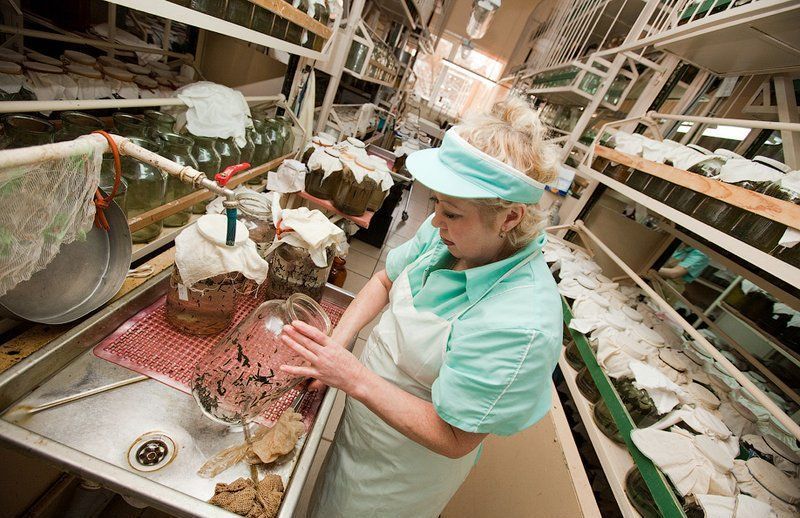|
|
Life Of Leeches
|
Leeches are hermaphrodites, meaning each has both female and male reproductive organs (ovaries and testes, respectively). Leeches reproduce by reciprocal fertilization, and sperm transfer occurs during copulation. Similar to the earthworms, leeches also use a clitellum to hold their eggs and secrete the cocoon.
During reproduction, leeches use hyperdermic injection of their sperm. They use a spermatophore, which is a structure containing the sperm. Once next to each other, leeches will line up with one's anterior side opposite the other's posterior. The leech then shoots the spermatophore into the clitellur region of the opposing leech, where its sperm will make its way to the female reproductive parts.
The embryonic development of the leech occurs as a series of stages. During stage 1, the first cleavage occurs, which gives rise to an AB and a CD blastomere, and is in the interphase of this cell division when a yolk-free cytoplasm called teloplasm is formed. The teloplasm is known to be a determinant for the specification of the D cell fate. In stage 3, during the second cleavage, an unequal division occurs in the CD blastomere. As a consequence, it creates a large D cell on the left and a smaller C cell to the right. This unequal division process is dependent on actinomycin, and by the end of stage 3 the AB cell divides. On stage 4 of development, the micromeres and teloblast stem cells are formed and subsequently, the D quadrant divides to form the DM and the DNOPQ teloblast precursor cells. By the end stage 6, the zygote contains a set of 25 micromeres, 3 macromeres (A, B and C) and 10 teloblasts derived from the D quadrant.
The teloblasts are pairs of five different types (M, N, O, P, and Q) of embryonic stem cells that form segmented columns of cells (germinal band) in the surface of the embryo. The M-derived cells make mesoderm and some small set of neurons, N results in neural tissues and some ventral ectoderm, Q contributes to the dorsal ectoderm and O and P in the leech are equipotent cells (same developmental potential) that produce lateral ectoderm; however the difference between the two of them is that P creates bigger batches of dorsolateral epidermis than O. The sludgeworm Tubifex, unlike the leech, specifies the O and P lineages early in development and therefore, these two cells are not equipotent. Each segment of the body of the leech is generated from one M, O, P cell types and two N and two Q cells types.
|
|









